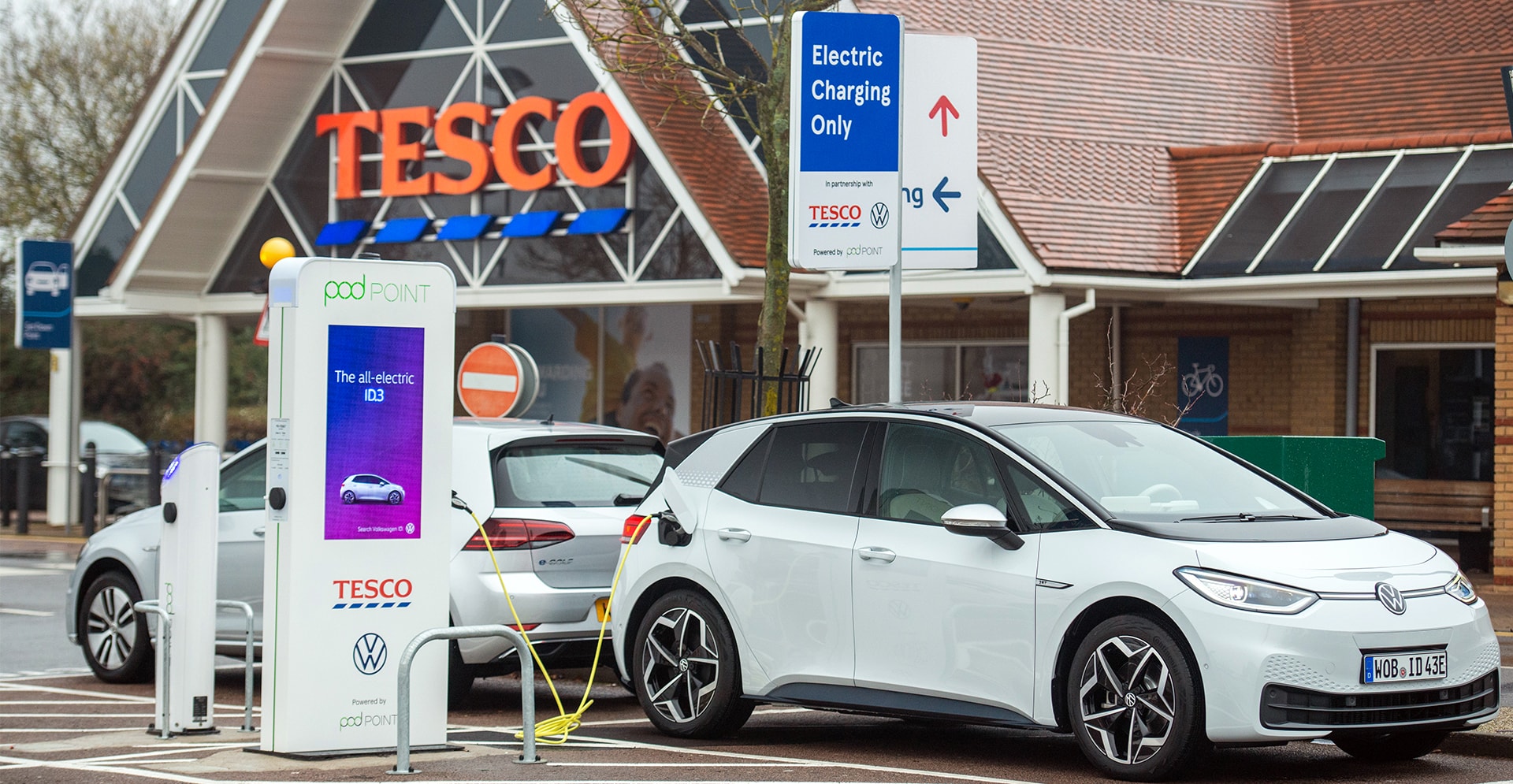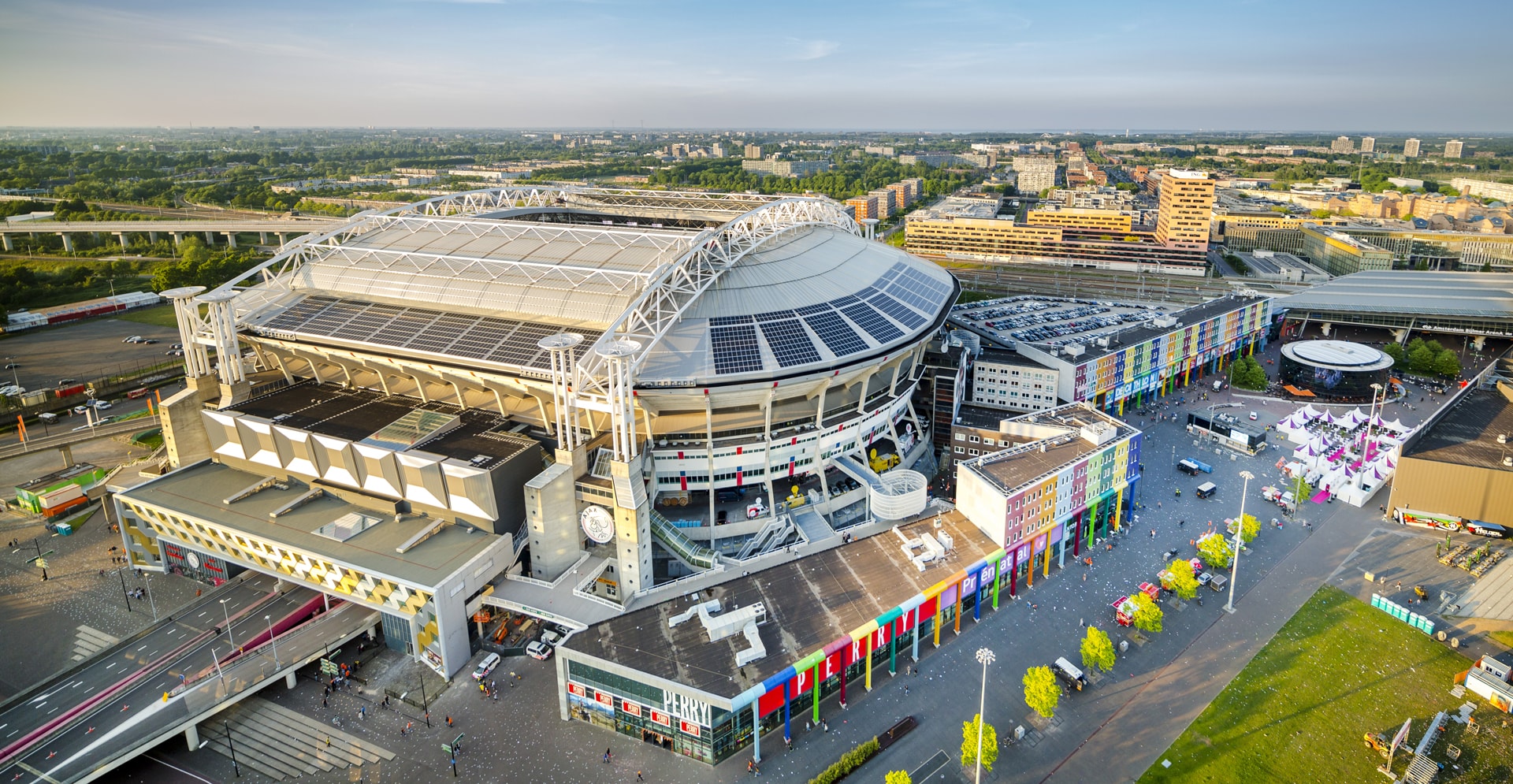Paint the picture for your city’s low carbon future.
The art of electrification
Electricity is at the heart of urban energy systems. The ability to tap into cleaner, innovative solutions that can help decarbonize grids remains critical. However, overloaded grid capacity and the rapid evolution in electrification pose challenges around cost, pace of adoption and complexity in doing so.
While legislation like the European Union’s “Fit for 55” program aiming to reduce net greenhouse gas emissions by 55% by 2030, and the Biden Administration's recent funding of the 50 percent Electric Vehicle (EV) target for 2030, help influence movement to accelerate electrification, there are still practical obstacles.
The infrastructure challenge: EVs are projected to dominate our roads within the next few decades, however, charging infrastructure needs to match demand. Rapid evolution in EV technology, limited curb side space and longer lead times for roll-out pose challenges to the business case. Pilot programs and public-private partnerships can be key in staying at pace with new technology.
The supply challenge: Energy supply for charging infrastructure also needs to diversify to be more sustainable. Even countries with high renewable energy generation capacity will need to account for grid congestion during peak charging periods during the day. A combination of citizen participation, innovative data insight tools like ‘Charging Demand Per Corridor’ for better predictability and decentralized but connected energy networks will be the key. Technology like Vehicle-to-Grid can be harnessed to solve grid congestion at peak demand times. EVs too can be used in smarter ways to contribute to energy storage in cities.
Key steps to support your journey:
-
Planning and design of electric networks and grids will need to consider decentralized but connected systems to meet future demand and congestion
-
More companies, energy communities and citizens are generating electricity using solar panels and wind turbines. Information and Communications Technology makes this decentralization of the electricity system possible
-
Innovative technology, mobility hubs and incentive programs that encourage ‘EV as flexibility service’ can help citizens hook up to the grid to create new supply avenues
-
Fleet electrification feasibility studies, pilot programs and predictive technology can provide no/low regret electrification opportunities at pace with the evolution of energy technology
-
Design resilience into fleet electrification plans and infrastructure with reliance on a diverse energy mix – battery storage, hydrogen provide valuable alternatives
-











